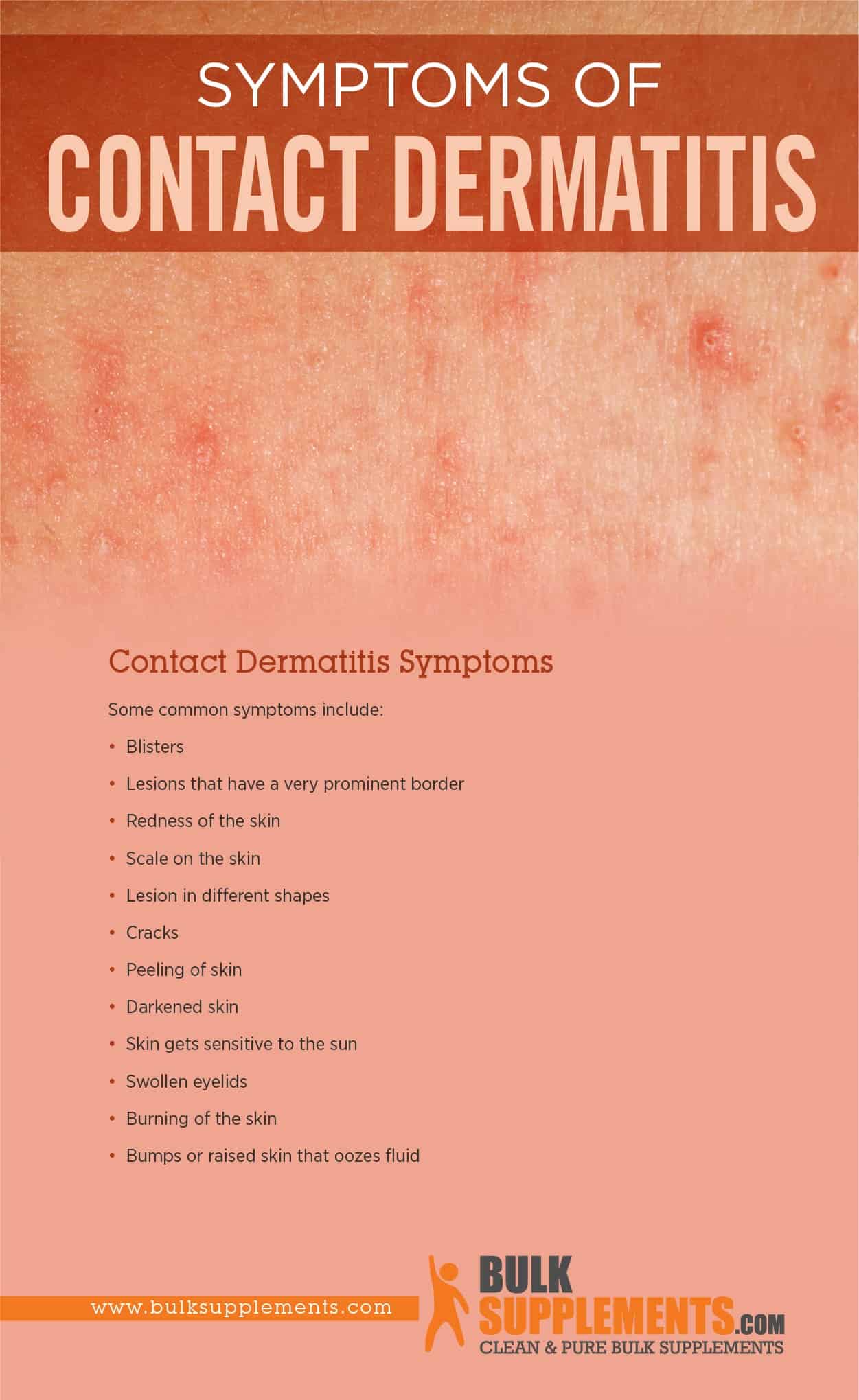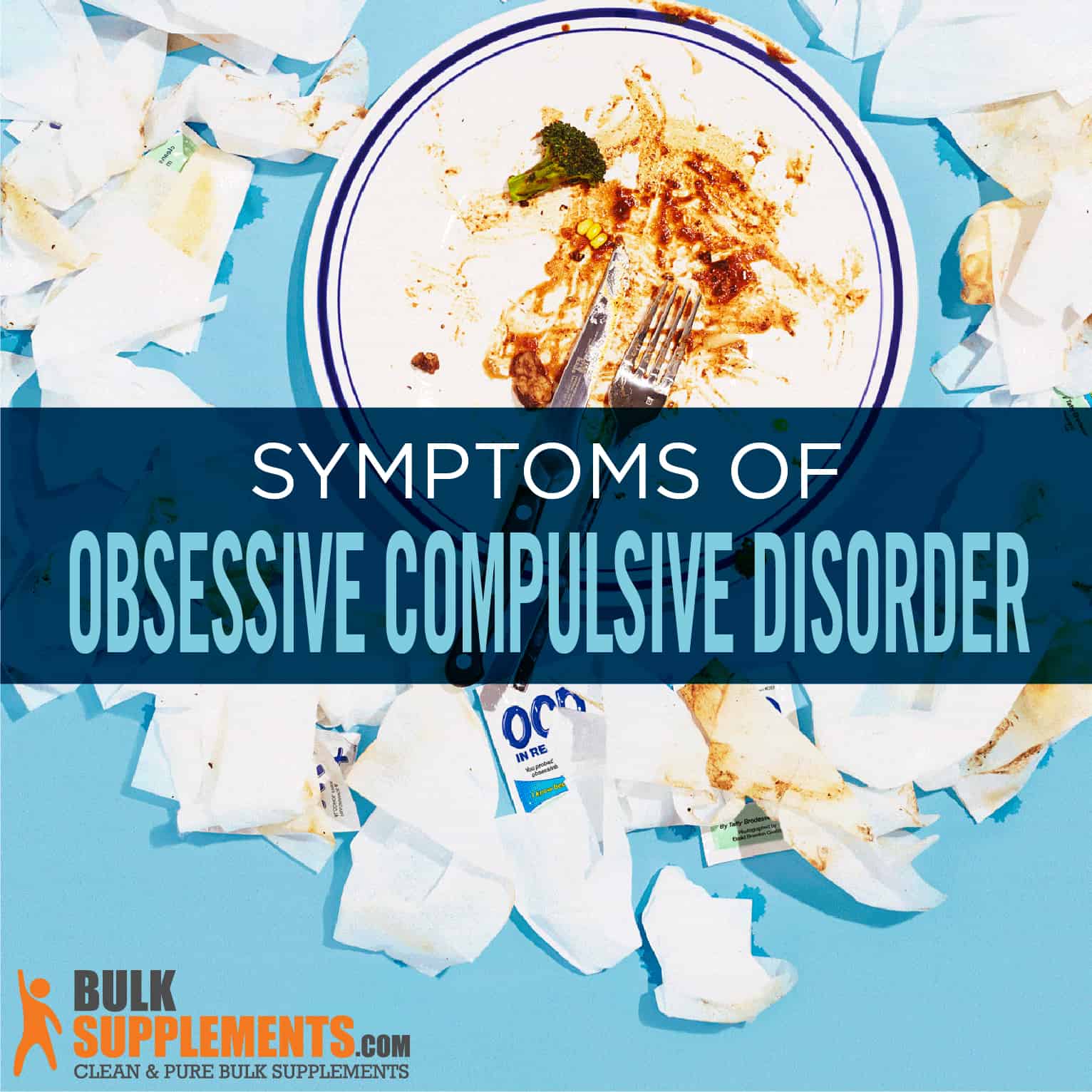Contact Dermatitis: Symptoms, Causes & Treatment
by James Denlinger Digital Marketing StrategistWhat is Contact Dermatitis?
Contact dermatitis is a skin condition that one develops when the skin interacts with any irritant or something it is sensitive to. It can cause a blistery and itchy rash. It is a very common condition, and almost all people develop contact dermatitis at least once in their lives. In normal cases, it goes away on its own without any medical treatment. Although it is not contagious, the rash is quite painful and uncomfortable. However, if it persists for more than a few weeks, the medical attention of a dermatologist may be needed.
Ninety-five percent of skin diseases are known to result of contact dermatitis. People who are at high risk of developing this disease are usually nurses, people who work in beauty salons dealing with hair and skin products, landscapers, bartenders and people who work in laboratories or industrial plants.
Contact dermatitis can be categorized into two types. First is dermatitis caused by an irritant, which can result in rapid inflammation of the skin. Second is dermatitis due to an allergen, where the skin may take a few days to respond and react to it. However, the signs and symptoms of both types of dermatitis are similar.
Contact Dermatitis Symptoms
Some common symptoms include:
- Blisters
- Lesions that have a very prominent border
- Redness of the skin
- Scale on the skin
- Lesion in different shapes
- Cracks
- Peeling of skin
- Darkened skin
- Skin gets sensitive to the sun
- Swollen eyelids
- Burning of the skin
- Bumps or raised skin that oozes fluid
 PIN IT
PIN ITContact Dermatitis Causes
Contact dermatitis is triggered by the exposure of the skin to any substance that irritates the skin or causes an allergic reaction. This external substance could be any of the thousands of allergens and skin irritants.
Irritant Contact Dermatitis
Contact dermatitis caused by an irritant is the most common type. This occurs when the outer layer of the skin gets damaged. The reaction of the skin with the irritant depends on the individual. Some may develop signs after being exposed to the irritant for a few times, and even mild irritants can cause this.
Some common irritants that can cause a reaction are:
- Detergents
- Bleach
- Rubbing alcohol
- Shampoos
- Perfumes
- Fertilizers
- Pesticides
- Solvents
Allergen Contact Dermatitis
This type occurs when your skin is sensitive to an allergen and the exposure to it causes the onset of dermatitis in the exposed area. It can also be triggered by eating foods that your body is allergic to like medicine, flavorings, dental procedures, etc. Once your body gets sensitive to an allergen, then even a small amount of it can easily cause the skin to react.
Common types of allergens are:
- Medications like oral anti-allergic pills and antibiotics
- Nickel used commonly in buckles and jewelry
- Formaldehyde, added in clothing, disinfectants and preservatives
- Hygiene products like body washes, cosmetics, deodorants, hair color and nail polish
- Mango and poison ivy both contain an allergic substance called urushiol
- Airborne substances like sawdust, pollen and spray insecticides
- Rubber and latex
When to Consult a Doctor?
In most cases, the symptoms go away on their own. Still it is best to see a doctor if the rash gets very painful, severe and spreads rapidly, or if the rash doesn’t get better within a month. Also see your doctor if the rash affects sensitive areas like the genitals and face, or if it gets unbearably painful, affecting your routine and sleep.
Common Risk Factors of Contact Dermatitis
- Frequent washing of hands
- Increased exposure to water
- Dry climate
- Wearing diapers
- Exposure to chemicals, acids and alkalis
- Working as a nurse, cosmetologist, mechanic, chef, metal worker, musician or hairdresser
Treatment of Contact Dermatitis
First of all, doctors will typically make a proper diagnosis, which includes studying the patient’s medical history, along with doing a physical examination of the patient. Patch tests and allergy tests are done to find the cause of the allergy. Then, the doctor will prescribe the proper medication.
The common and conventional ways to treat contact dermatitis are taking antihistamines for allergens, taking oral steroids for more severe cases, taking antibiotics to treat painful blisters and lesions and applying hydrocortisone creams to reduce redness and itchiness.
Of course, natural home remedies can tone down the symptoms of contact dermatitis and help ease the burning, itching and discomfort. Here are some natural and simple home remedies to help treat contact dermatitis:
Cut Down Exposure to Food Allergens
If the diagnosis confirms that you are allergic to a specific food item, avoid it. This means avoiding it completely — do not consume it, handle it or prepare it for others. Some common food allergens include soy, dairy products, wheat, gluten, seafood, tomatoes, corn, eggs, citrus fruits, mangoes and peanuts.
Avoid Exposure to Known Chemical Irritants
If you happen to develop sensitivity to any specific hair product, cosmetics, latex, rubber, metal, household cleaner or shampoo, then avoid all contact with any of them. This is to keep you from an attack of contact dermatitis and allow the body to heal naturally. The symptoms and rashes can then tone down.
Omega-3 Fatty Acids
Increase your intake of omega-3 fatty acids by consuming more salmon, mackerel, cod liver oil, chia seeds, walnuts and flax seeds. Omega 3 fatty acids are highly beneficial for skin health, maintaining blood sugar levels, improving the functioning of the immune system, heart health and for improving the mood and toning down depression.
Vitamin C
Vitamin C is beneficial for skin health. Because of its antihistamine properties, it helps reduce the symptoms of contact dermatitis. Some common foods that help provide vitamin C are strawberries, oranges, black currants, bell peppers, broccoli and pineapples. But if you are allergic to citrus, then you can take supplements.
Moisturize the Rash
Soothing the rash to reduce the symptoms and the pain is important. To do this, you can use moisturizing creams, especially those made from shea butter, coconut oil, lavender oil and tea tree oil. These are very beneficial for fighting skin-related issues and are commonly used to treat acne as well. Coconut oil is particularly famous for having good antifungal and antibacterial properties.
Apply a nice and mild — preferably homemade — cream twice a day on the rash to keep it moisturized and hydrated. In fact, keeping the affected area soft and soothed will help promote its healing to a great extent. Keep applying creams daily until the lesions heal properly.
Avoid Scratching the Rash
Always keep your nails trimmed and avoid scratching the rash at all costs. This is because scratching can worsen the rash and infect it.
Apple Cider Vinegar
The benefits of apple cider vinegar are countless. Research has shown that it has great soothing properties that can help fight bacteria and reduce inflammation. Apply a cream that has apple cider vinegar, especially on the affected area to help prevent it from getting attacked by bacteria and fungus.
Protect Your Hands
Wash your hands frequently to keep them clean. But always dry them afterward. Use gloves to keep them protected. Plastic gloves may be a good investment. It is essential not to infect your hands with the germs or fluid coming out of the rash.
Supplements for Contact Dermatitis
Hyaluronic Acid Powder
Hyaluronic Acid (Sodium Hyaluronate) possesses antioxidant properties. Applied topically, it could help reduce wrinkles, sagginess, discoloration and dryness, assisting in the improvement of the overall appearance of skin. It is often present in many beauty products because of its anti-aging and hydrating properties. Consult your doctor about how you prefer to make the topical cream.
L-Histidine HCL Powder
L-Histidine HCL is an amino acid that is a safe, non-steroidal way of managing atopical dermatitis and other similar skin conditions. Consult your doctor if you want to use this supplement.
Collagen
Collagen helps promote healthy skin and possibly manage symptoms of contact dermatitis. The recommended dosage depends on which collagen supplement you want to use. Talk to your doctor to help you choose which one to take as well as how much.
The Bottom Line
Contact dermatitis is a skin disease that nearly a million people in the U.S. experience annually. It is a non-contagious skin condition that goes away on its own but can turn out to be quite painful and severe if not treated properly. It could be caused by the use of various cosmetics, beauty products and chemicals present in household cleaners that a person’s skin is exposed to. Various environmental factors and chemical compounds present in creams, antibiotics and pollen present in the environment may also cause the condition.
Contact dermatitis is commonly treated by the use of antihistamines, antibiotics and steroids. However, the treatment mainly depends on the diagnosis and finding out the cause behind dermatitis.
To avoid getting this condition, avoid various allergens like dairy, gluten and various cosmetics that can contain allergic components if you feel you have adverse reactions to any of these. Home remedies can treat the disease and reduce the symptoms to prevent it from getting worse.
Sponsor Ads
Created on Mar 24th 2020 13:17. Viewed 1,280 times.




